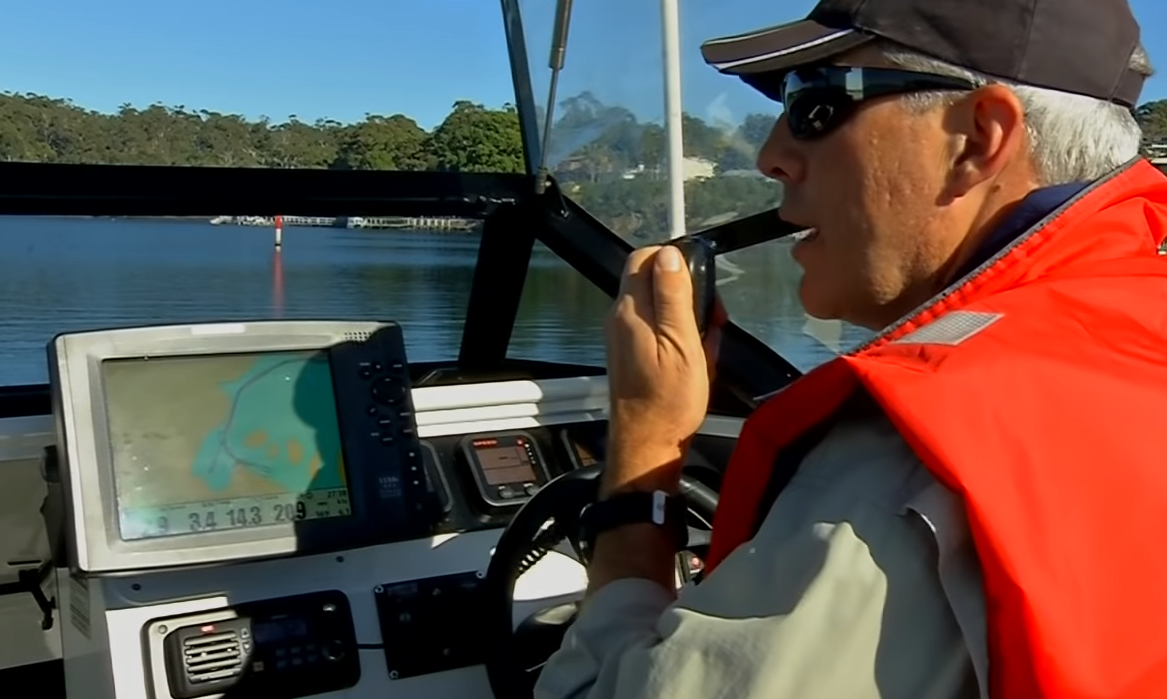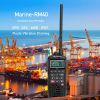If I have a VHF marine radio , how do I operate it

If you have the radio on, you must maintain a watch on VHF Channel 16. In USCG District I waters (northern New Jersey to Canada), urgent marine information broadcasts, such as storm warnings, are announced on Channel 16.
How do I operate it?
Make sure you are on the correct channel.
Adjust "Squelch" control as low as possible without hearing static or "white noise".
Push the button on the microphone to transmit (send).
Speak in a normal voice.
Take your finger OFF the button to hear the other person.
Which channels should I use?
CHANNEL 9: The primary calling channel. (Establish contact on this channel and move to a "working channel" as soon as possible.)
CHANNEL 16: Emergency and Distress calls only.
CHANNEL 22A: Restricted to USCG use only. If you establish contact with the USCG on Channel 9 or 16, they may ask you to switch to Channel 22A. You may also hear an announcement on Channel 16 to switch to Channel 22A for important information.
CHANNEL 13: Bridge to Bridge Communications between vessels. Also used to request bridge openings. Ships less than 65ft in length maintain a listening watch on this channel in US waters. This is a good channel to listen to in periods of poor visibility so that you can communicate with ferries, freighters, and other large vessels. (You must use the low power on your radio when broadcasting on Channel 13.)
CHANNELS 68, 69, 71, 72, 78A: "Working Channels." The only channels available to non-commercial vessels for ship-to-ship and ship-to-shore communications. (Although you may have many other channels on your radio, each of them is restricted to specific uses.)






